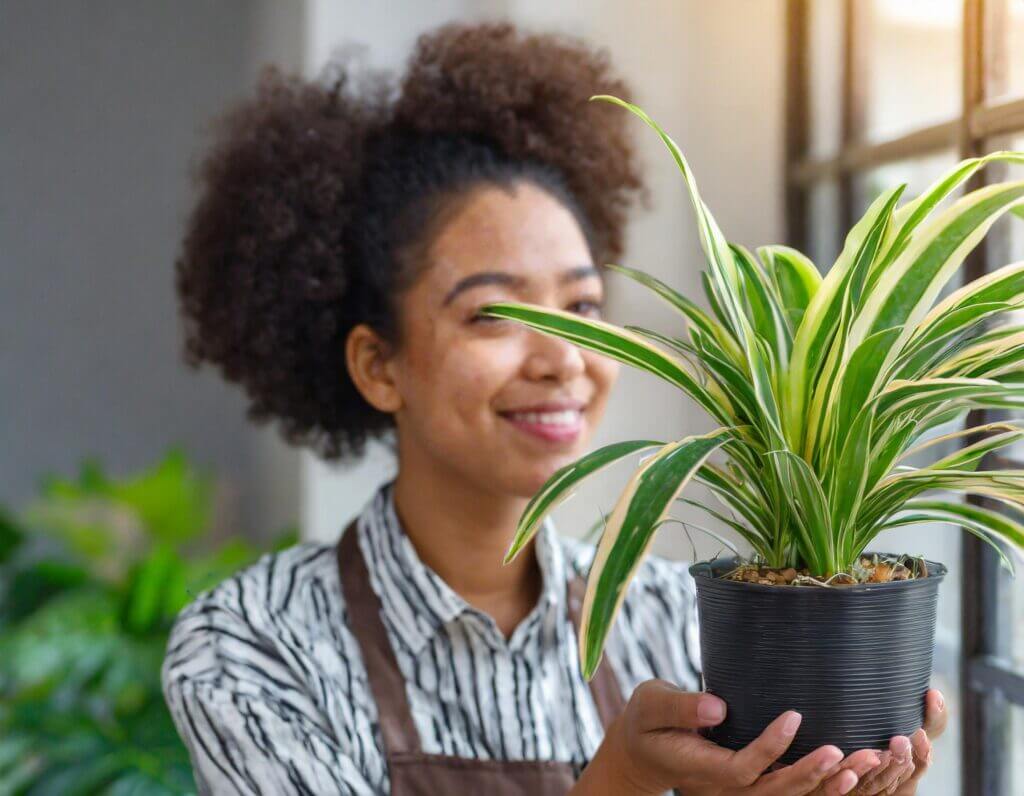Breathe Easy with Air Purifying Plants: Your Green Guardians
Let’s chat about turning your pad into a fresh-air paradise with some awesome air purifying plants. Because, let’s face it, we all want our homes to be that one place where we can kick back, relax, and take a deep breath of clean air, right?
Why Air Purifying Plants are the Real MVPs
Alright, so here’s the lowdown: inside our snug homes, lurking around like uninvited guests, are a bunch of pollutants. I’m talking about those invisible baddies that hitch a ride inside from your cleaning sprays, the paint on your walls, and even that stylish sofa you love so much. But here’s the cool part – we’ve got a secret weapon against them, and it’s all natural, baby! Enter the air purifying plants. These green buddies are like the undercover agents of your home, working 24/7 to snatch those pollutants right out of the air. And the magic behind it all? Good old photosynthesis – that’s right, the same stuff that makes the grass green and the sky blue (well, kinda).
Now, I know what you’re thinking – “Plants, purifying air? Come on!” But it’s legit! Scientists and smarty-pants folks have done a bunch of studies and guess what? These leafy wonders can actually reduce levels of nasty stuff like formaldehyde, benzene, and a whole lot more. So, not only do they add a splash of color to your room, but they’re also like having your very own air filter, minus the noise and the electricity bill!
Meet the Squad: Top Air Purifying Plants
Let’s roll out the green carpet and meet some of these air-cleaning heroes. They’re not just easy on the eyes; they’ve got some serious skills in kicking pollutants to the curb.
Spider Plant (Chlorophytum comosum):
This little trooper is like the friendliest pet you never had. It’s super low maintenance, making it perfect for those of us who might forget a watering here and there. But don’t let its easygoing nature fool you; this plant is a powerhouse when it comes to cleaning the air. It’s particularly good at tackling carbon monoxide and xylene, so if you’re living in the city with all that traffic, this plant’s got your back. Plus, it’s a champ at reproducing – just give it a little time, and you’ll have baby spider plants to spread around your home or share with friends.
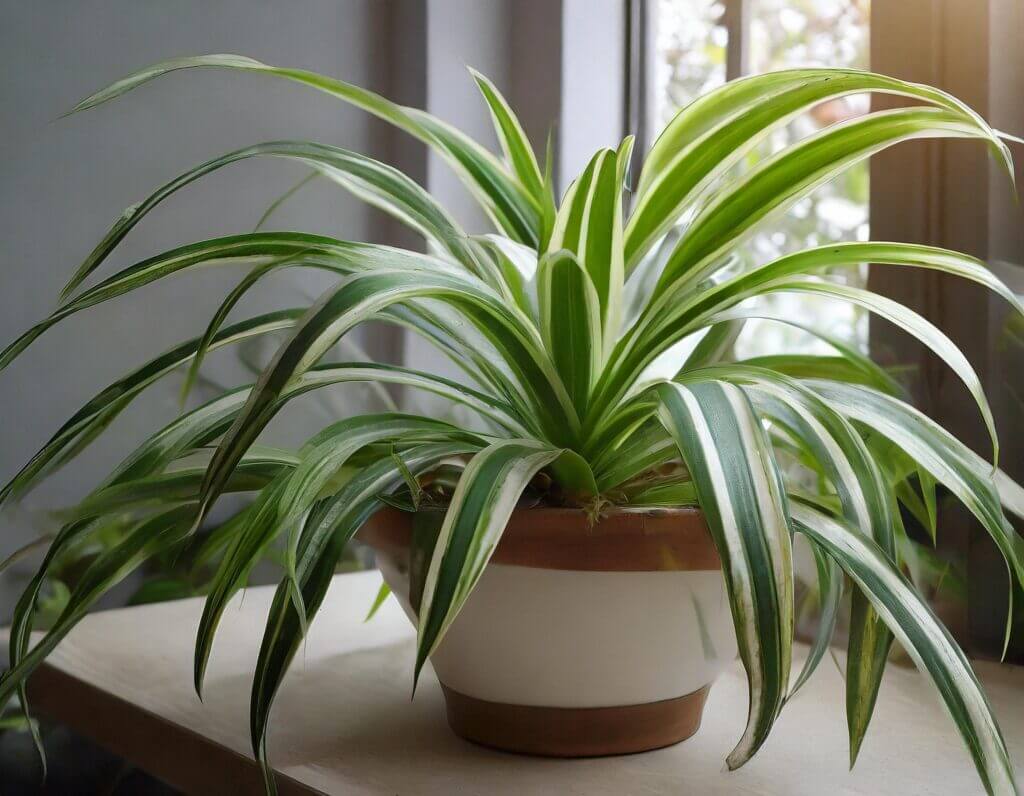
Peace Lily (Spathiphyllum):
Looking for something with a bit more drama? The Peace Lily is your go-to. With its stunning white flowers and dark green leaves, it’s a total showstopper. But it’s not just a pretty face; this plant means business when it comes to purifying your air. It’s a whiz at absorbing ammonia, benzene, and a bunch of other harmful chemicals, making it a perfect companion in your home office or living room. Just remember, it likes to play it cool in the shade and keep its feet (or roots) away from too much water.
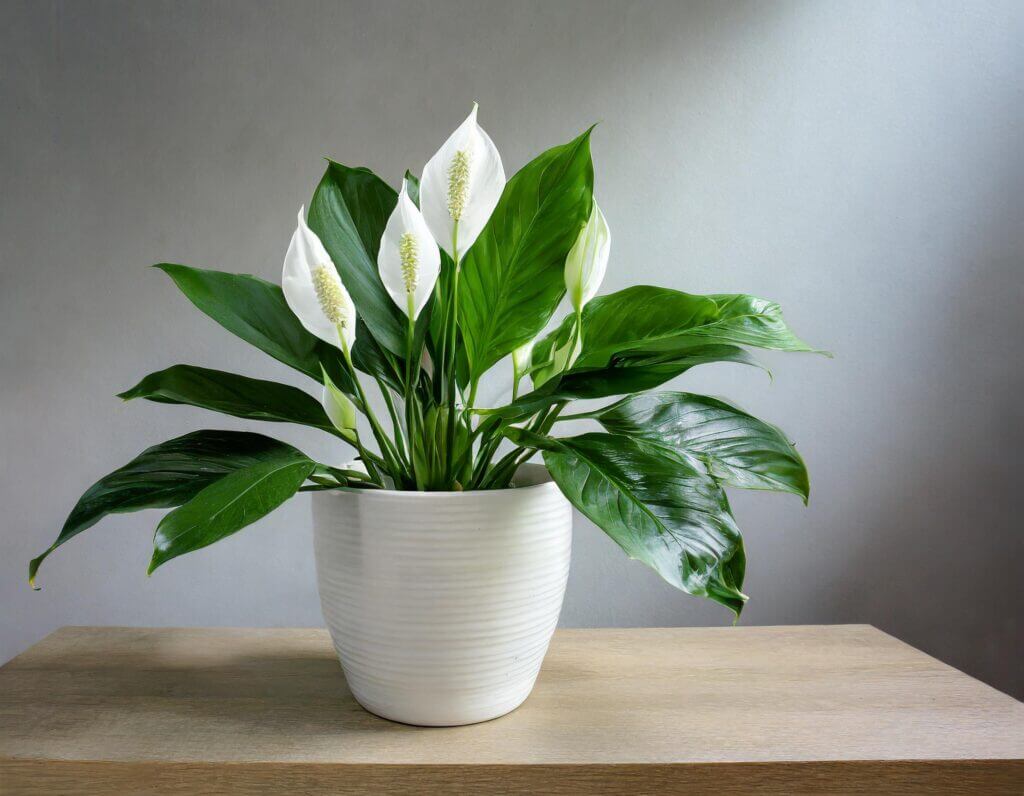
Snake Plant (Sansevieria trifasciata):
Tall, striking, and almost indestructible, this plant is perfect for the forgetful gardener. It’s a night owl, pumping out oxygen while you sleep, and it’s pretty chill about lighting conditions.
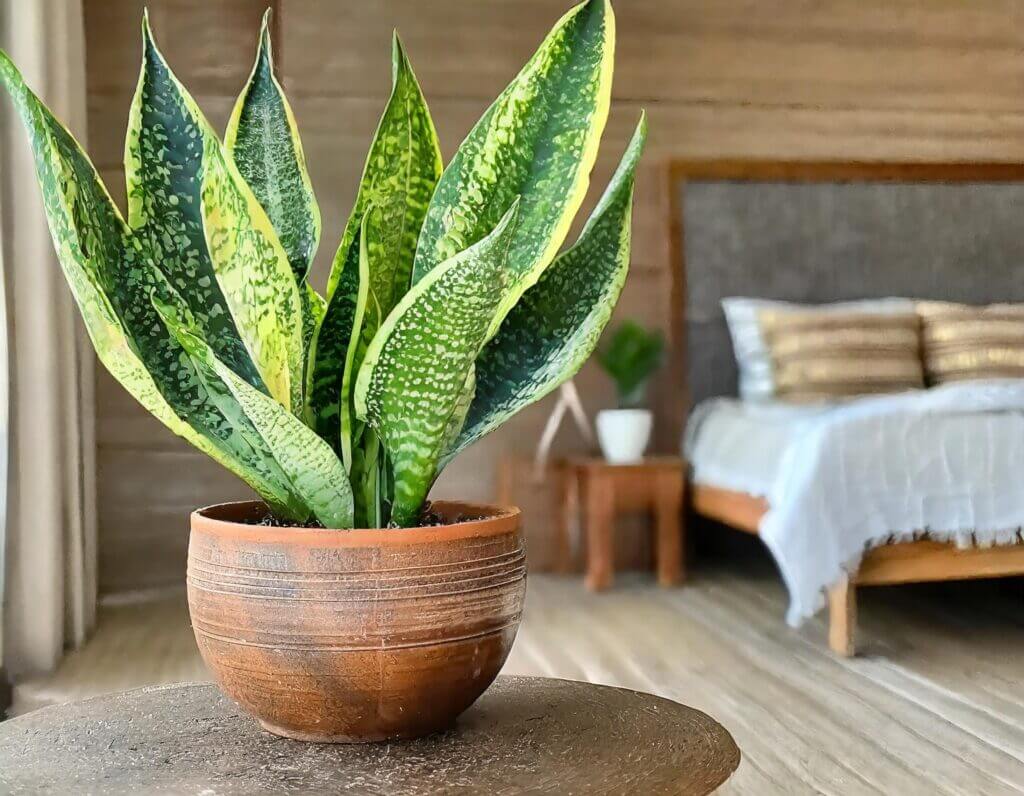
Rubber Plant (Ficus elastica):
With its big, glossy leaves, this plant is all about that clean air life. It’s a dab hand at filtering out formaldehyde and loves a spot with indirect light. Just keep its leaves shiny, and it’ll keep your air fresh.
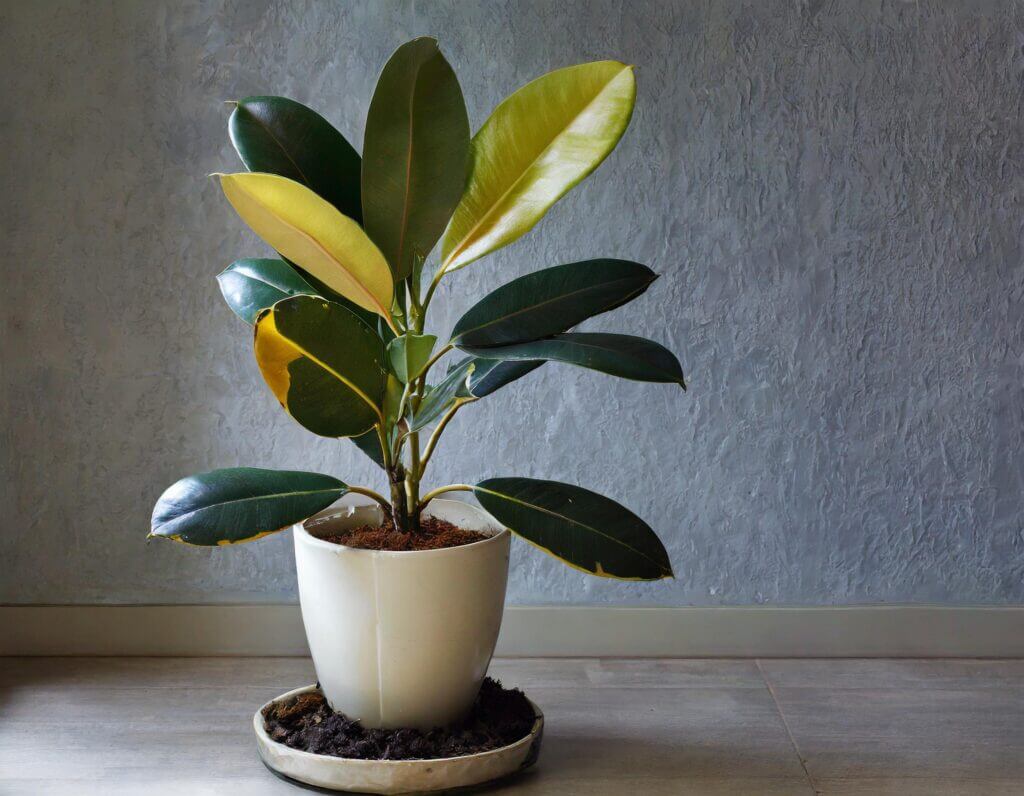
Aloe Vera (Aloe barbadensis miller):
Not just for sunburns, folks! This spiky friend is great at battling benzene and formaldehyde. Plus, it’s super easy to care for and gives back by healing your cuts and burns.
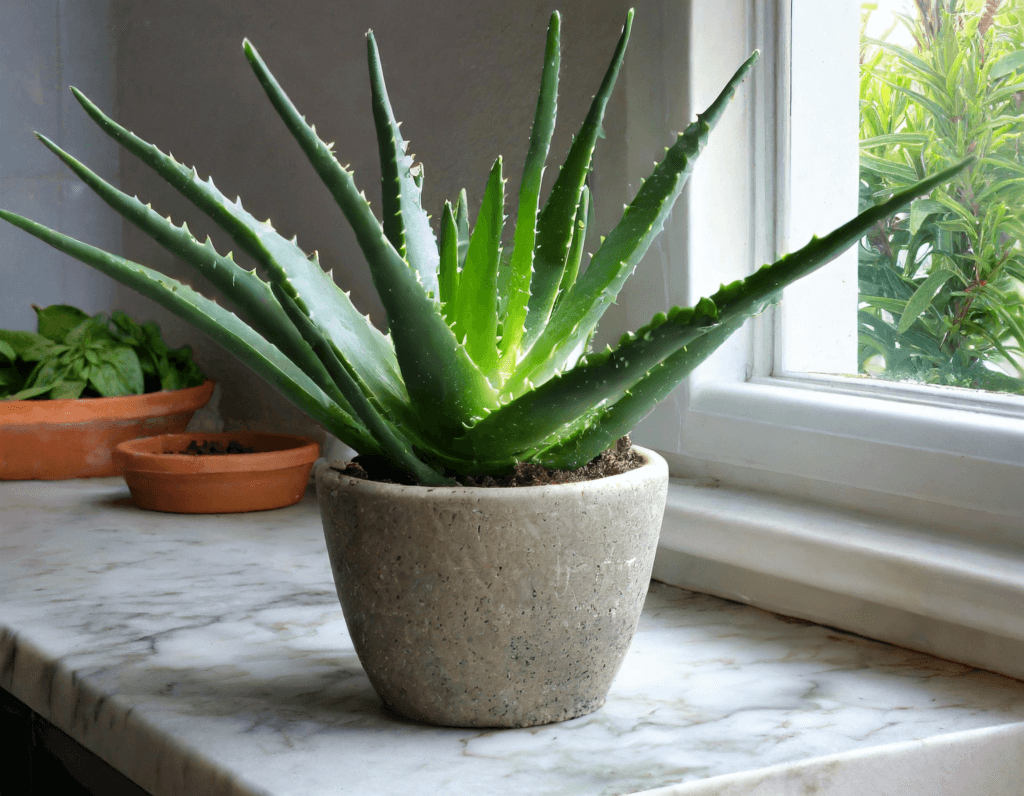
Bamboo Palm (Chamaedorea seifrizii):
Bring a touch of the tropics into your home with this palm. It’s a star at filtering out benzene and trichloroethylene and loves a nice, shady spot to chill in.
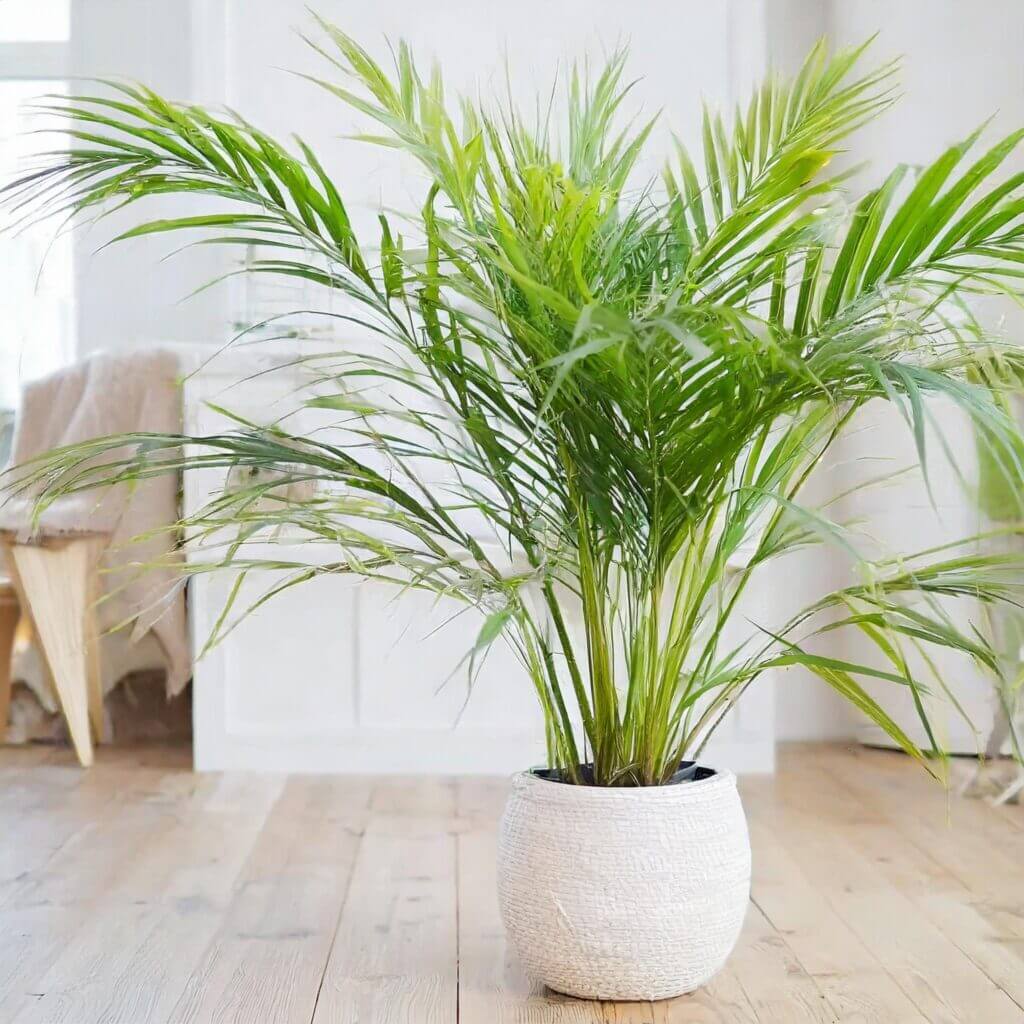
Golden Pothos (Epipremnum aureum):
Also known as Devil’s Ivy (but it’s really an angel), this plant is a forgiving soul that’ll tolerate your neglect and still purify your air, tackling formaldehyde and other nasties.
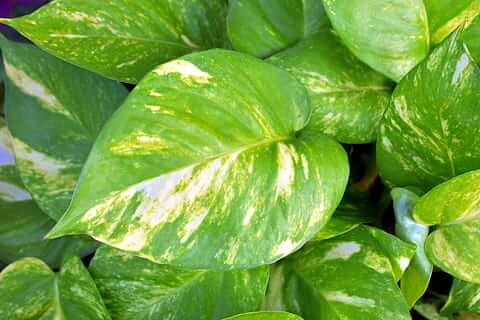
ZZ Plant (Zamioculcas zamiifolia):
ZZ for ‘Zee Ultimate Survivor’. This plant can live in low light and doesn’t need a lot of water, making it perfect for dark corners. Plus, it’s pretty stylish, too.
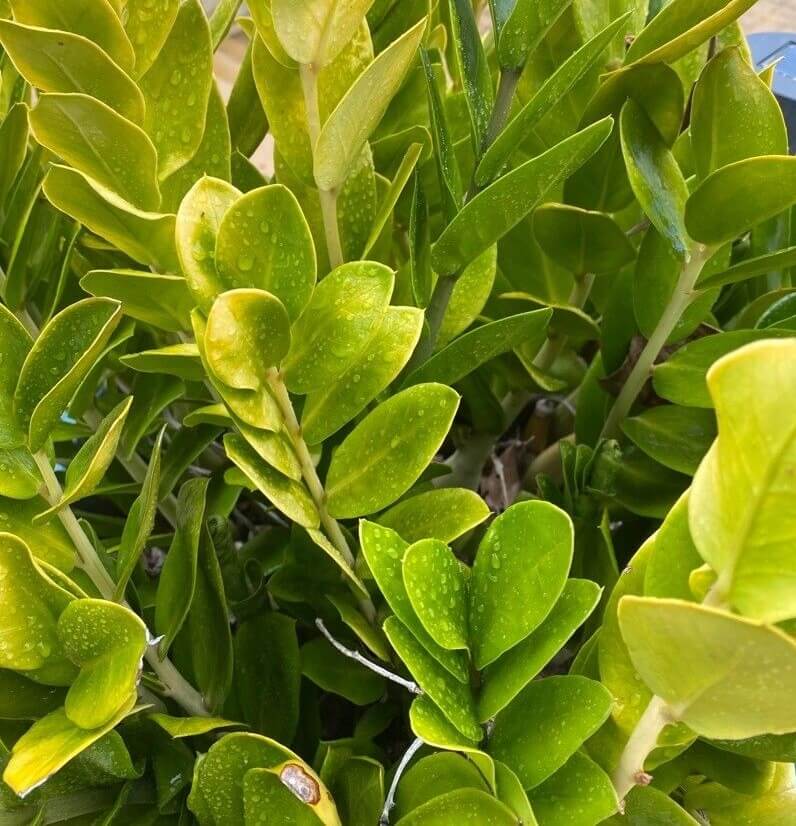
Gerbera Daisy (Gerbera jamesonii):
Who said air purifiers can’t be colorful? These bright blooms will cheer up any room and are great for filtering out benzene. Just make sure they get plenty of light.
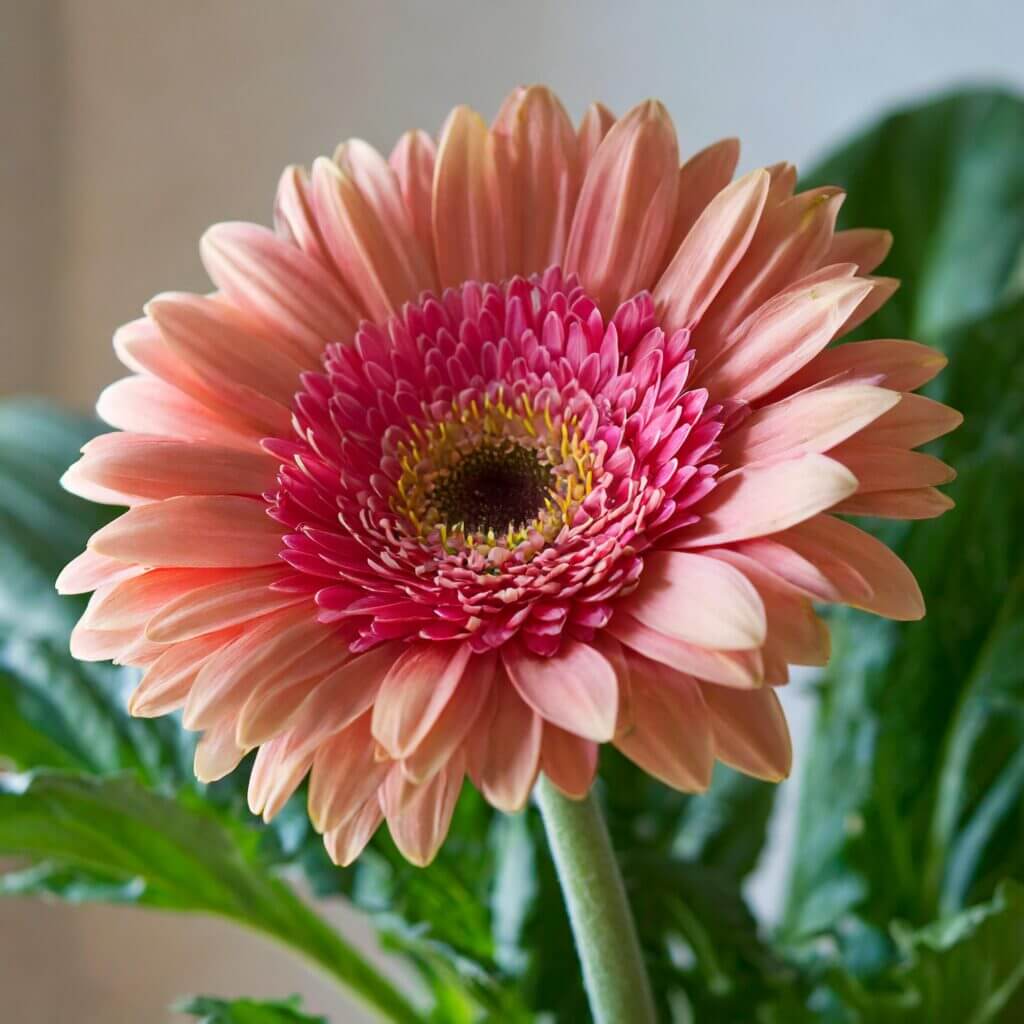
Philodendron (Philodendron spp.):
With their heart-shaped leaves, these guys are all about love, especially loving to purify your air. They’re particularly good at getting rid of formaldehyde and are super easy to care for.
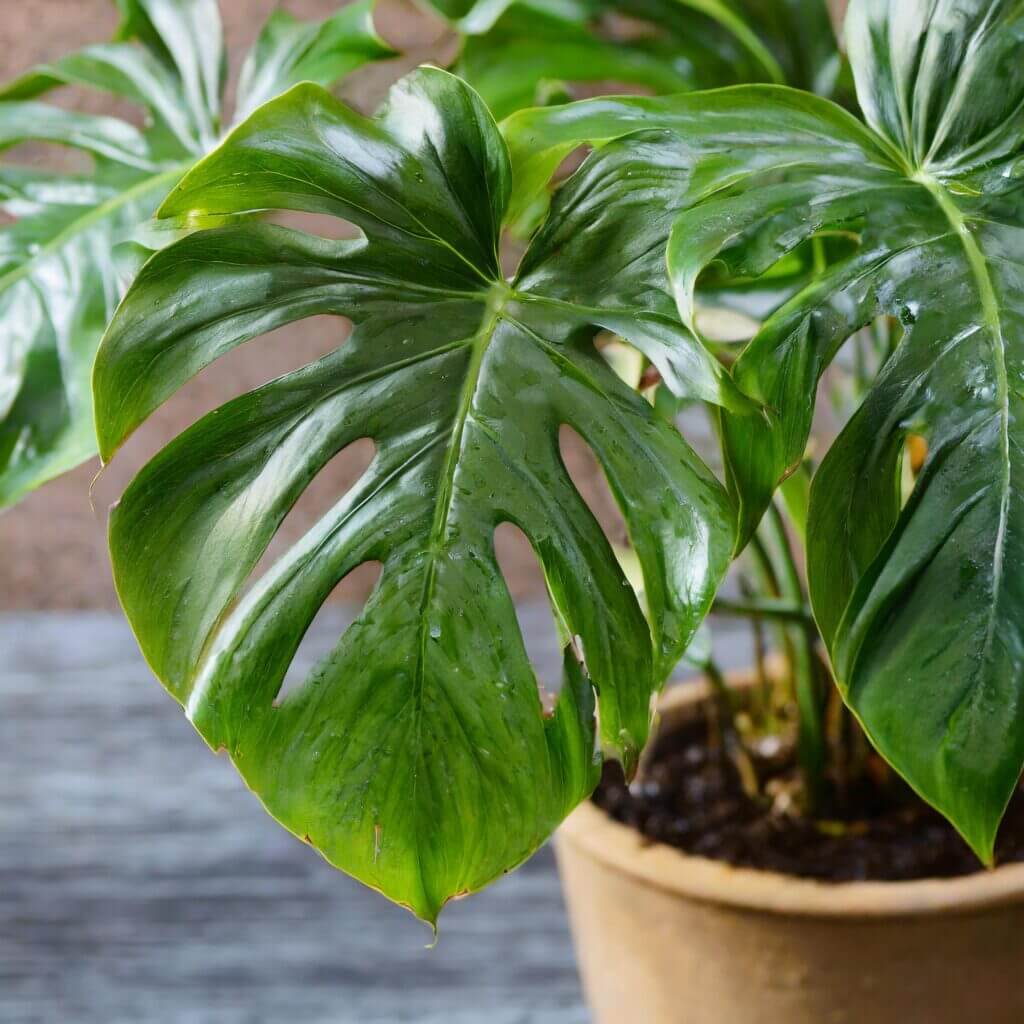
Happy Plant, Happy Life: Caring for Your Leafy Friends
So, you’ve got your squad of air-purifying plants. Now what? Here’s the scoop on keeping them happy and thriving, because a happy plant is a hard-working plant.
Water Wisdom: Let’s talk H2O. These green buddies love a drink, but they’re not into swimming. Overwatering is a no-go. The trick is to let the soil dry out a bit between waterings. Stick your finger in the soil up to the first knuckle – feels dry? Time for a water party. And if you’re the forgetful type, maybe set a reminder, so your leafy pals don’t go thirsty.
Light It Up: Just like us, plants need their sunshine fix, but not all of them want to bask in the sun all day. Each plant comes with its own sunbathing preferences. Spider Plants, for instance, are cool with moderate light, while the Rubber Plant digs a bit more brightness (but not direct, scorching sunlight, mind you). Find a cozy spot that suits each plant’s vibe, and they’ll be glowing with happiness.
Get Creative with Your Greenery
Who says plants have to be all lined up on the windowsill like they’re waiting for a bus? Nah, let’s get creative and bring some fun into the mix.
Think about hanging some of your leafy pals from the ceiling in some funky planters. It’s like your very own indoor garden party, and everyone’s invited. Or how about a living wall? Yep, you can turn a boring old wall into a lush, green masterpiece. It’s like having a piece of the jungle right in your living room, minus the monkeys and the humidity. And the best part? You get to breathe in all that clean, purified air while you chill on your couch. Not too shabby, huh?
Plants: The Ultimate Mood Boosters
Now, let’s get real for a sec. Life can be a bit much sometimes, and we all need a little zen in our lives. That’s where our green friends come into play. Just being around plants can make you feel more chill, more at ease. It’s like they’re whispering, “Hey, relax, we got this.” They’re not just purifying the air; they’re also sprinkling a little bit of calm over everything. And in this crazy, non-stop world, that’s something we could all use a bit more of.
Air Purifying Plants Q&A
Popular questions on air purifying plants.
Which plant purifies air the most?
When it comes to the heavyweights of air purification, the Spider Plant takes the crown. This easy-going, low-maintenance pal is not just about looks; it’s a powerhouse at scrubbing the air clean of common indoor pollutants. Whether it’s carbon monoxide or xylene, the Spider Plant has got your back, making it a top contender for the most purifying plant you can invite into your home.
What plants are good for air purifier?
If you’re looking to draft some green buddies into your air-purifying team, you’ve got a solid lineup to choose from. Spider Plants, Peace Lilies, Snake Plants, and Bamboo Palms are like the Avengers of air purification. They each bring their own superpowers to the table, tackling everything from formaldehyde to benzene, and they’re pretty easy to care for, too. So, whether you’ve got a sunny spot or a shady nook, there’s a plant perfect for your purifying needs.
What plant removes 78% of airborne mold?
The mighty English Ivy is the mold-busting hero you didn’t know you needed. Studies have shown that this classy climber can remove up to 78% of airborne mold in just 12 hours! It’s not just about aesthetics with those lush, trailing vines; English Ivy is a serious contender in creating a healthier living space, especially if mold is a concern.
Do air purifying plants work?
Absolutely, air purifying plants aren’t just a pretty face; they’ve got science backing them up. Thanks to the magic of photosynthesis and their ability to absorb pollutants through their leaves, these green pals can significantly improve indoor air quality. From reducing levels of carbon dioxide to tackling nasty VOCs, adding a few leafy friends to your space is a natural and effective way to breathe easier.
Which plant should be kept in bedroom?
For a peaceful, oxygen-boosting companion in your bedroom, the Snake Plant is your go-to. Known for its ability to pump out oxygen at night, it’s like having a natural air purifier by your bedside. Plus, its low-maintenance vibe means it won’t fuss if you forget to water it now and then.
Is it OK to have a ZZ plant in the bedroom?
Totally! The ZZ Plant is not just okay for the bedroom; it’s actually a great choice. Its ability to thrive in low light conditions and minimal watering needs makes it a fuss-free addition to your sleeping space. And while it’s not the top air purifier, it’s still contributing to a cleaner, greener environment in your bedroom.
How many plants does it take to purify the air in a room?
This might sound like the start of a joke, but the answer’s pretty cool. NASA’s Clean Air Study suggests having at least one plant per 100 square feet of home or office space to effectively purify the air. So, for an average-sized room, about 2-3 plants should start making a difference in filtering out those unwanted pollutants.
Which plant gives oxygen 24 hours?
While most plants take a little night-time break from photosynthesis, the Peepal Tree (Ficus religiosa) is an exception. This powerhouse is known for producing oxygen around the clock, making it a non-stop air purifier. While it might not be the typical indoor plant, its relentless oxygen production is definitely noteworthy.
What’s the best indoor plant for oxygen?
When it comes to indoor oxygen warriors, the Snake Plant stands tall. Not only does it add a touch of green elegance to your space, but it also works overtime to pump out oxygen, especially at night. This makes it an ideal plant for bedrooms or any space where a breath of fresh air is appreciated.
Which plant gives oxygen in room?
The Aloe Vera plant is not just for soothing sunburns; it’s also a fantastic oxygen producer. Placing a few of these succulent pals around your room can help increase oxygen levels, thanks to their ability to photosynthesize at night. Plus, they’re super easy to care for and offer that cool, minimalistic vibe.
What is the number one plant that produces oxygen?
While many plants are great at producing oxygen, the Peepal Tree is often hailed as one of the top oxygen producers, especially because it continues to release oxygen even at night. For indoor spaces, the Snake Plant is a champion oxygen producer, making it a top pick for enhancing air quality in your home.
How can I increase oxygen in my bedroom?
To boost oxygen levels in your bedroom, incorporating plants like Snake Plants, Aloe Vera, and Spider Plants can make a significant difference. These plants not only purify the air during the day but also enhance oxygen production at night, creating a fresher, more breathable environment for a good night’s sleep.
Which plants exhale oxygen at night?
Most plants take a break from oxygen production at night, but not the Snake Plant and Aloe Vera. These two are night owls in the plant world, continuing to exhale oxygen after the sun goes down. This makes them perfect bedroom companions, keeping the air fresh while you catch some Z’s.
Which tree gives oxygen at night?
In the great outdoors, the Peepal Tree is known for its exceptional ability to produce oxygen 24/7, making it a unique contributor to night-time air purification. Its continuous oxygen production, even in the absence of sunlight, sets it apart from the majority of other trees.
Want more information on Air Purifying Plants?
These are good informations sources for air purifying plants.
Life is a Garden: Get the lowdown on which plants can spruce up your indoor air quality over at Purify Your Air with Indoor Plants. It’s like a crash course in turning your home into a breath of fresh air!
Wonder: Ready to make a difference with some green buddies? Air Purifying Indoor Plants That Make a Difference and How to Care for Them has got you covered with tips on which plants pack the biggest purifying punch and how to keep them happy.
Grow Guru: For those of you looking to blend a bit of science with your green thumb, check out 6 Air Purifying House Plants. It’s a nifty guide to some of the best air-purifying plants out there and how they can make your home healthier.
Garden and Home: If you’re on the hunt for indoor plants that not only look good but clean the air too, Indoor Plants That Clean the Air is your go-to. It’s all about making your indoor spaces as fresh as a daisy (or a fern, or a spider plant… you get the idea).
So, what are you waiting for? Get out there, grab yourself some air purifying plants, and turn your home into the fresh-air oasis you deserve. Your lungs (and your mood) will thank you. And who knows? You might just find your inner gardener along the way. Happy planting, folks!

